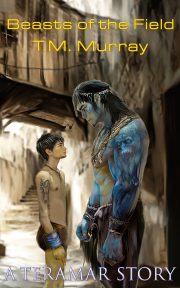Guest Post: Write What You Know… or Don’t Know…
Or Want to Know… Know What I Mean?
A week or so ago, I asked a bunch of writers to share some of the best advice they’ve received and how they’ve used it. At the same time I asked them to share some of the worst, the weirdest, or the least helpful advice they’ve encountered over the years.


